Hainanese Chicken Rice: The Quintessential Southeast Asian Comfort Dish
Master the art of Hainanese Chicken Rice, the beloved Southeast Asian classic that features tender poached chicken, aromatic rice, and bold sauces.
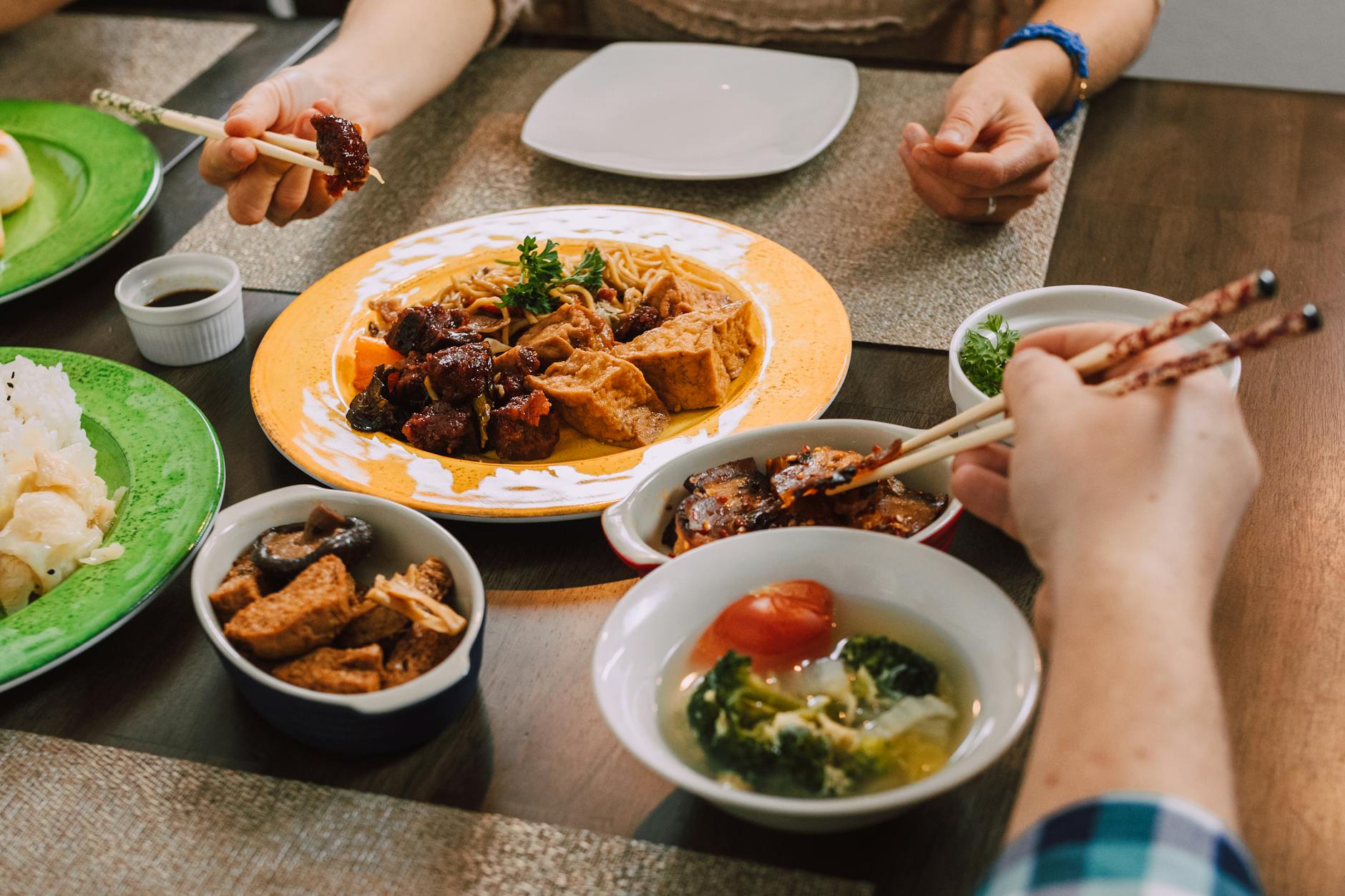
Hainanese Chicken Rice is one of Southeast Asia’s most iconic culinary exports—celebrated as a national dish in Singapore and a household staple in Malaysia, Thailand, and beyond. At its core, this dish is a masterful balance of simplicity and elegance: gently poached chicken, glossy aromatic rice, and a triumvirate of robust dipping sauces. In this article, you’ll discover the art and science behind preparing authentic Hainanese Chicken Rice, from selecting ingredients to perfecting the techniques that make this dish so special.
Table of Contents
- Introduction: A Dish Born of Heritage
- Essential Ingredients
- Step-by-Step Preparation
- Signature Sauces & Condiments
- Serving & Presentation
- Tips, Variations, & Troubleshooting
- Frequently Asked Questions (FAQs)
Introduction: A Dish Born of Heritage
Hainanese Chicken Rice traces its roots to Hainan province in southern China, crafted by immigrants who later settled in Singapore and Malaysia. The dish evolved there, with local influences adding new dimensions. Today, it features tender poached chicken with a shimmering skin, rice cooked in fragrant chicken fat and stock, and a selection of sauces—each element as essential as the next. Its enduring popularity lies in its comfort, subtlety, and the way it captures the heart of Asian home cooking.
Essential Ingredients
Making Hainanese Chicken Rice at home requires fresh, simple ingredients. Here’s a breakdown of what’s needed for the chicken, rice, and sauces:
For the Chicken
- 1 whole small chicken (about 1.5–1.7 kg, preferably organic or free-range)
- 1 tablespoon salt
- 12–14 cups water (enough to submerge the chicken)
- 4–5 thick slices of ginger
- 2–3 scallions or spring onions
- Ice (for ice bath)
For the Rice
- 2 oz rendered chicken fat (or substitute with neutral oil)
- 4 cloves garlic, minced
- 1–2 shallots or small yellow onion, diced
- 2 tbsp chopped ginger
- 2–3 cups jasmine rice, washed and drained
- Stock from poaching chicken (see above)
- 1/2–1 tsp turmeric powder (optional, for color)
- 2 tsp salt
- Pandan leaves tied in a knot (optional, for fragrance)
For the Condiments and Sauces
- Dark sweet soy sauce
- Fresh red chilies (bird’s eye or Holland chilies)
- Fresh ginger
- Garlic
- Rice vinegar or white vinegar
- Fresh lime juice
- Sesame oil
- Salt and sugar
- Chicken stock (from poaching)
- Chicken fat (for oil-based sauces)
- Spring onions for garnish
Step-by-Step Preparation
The beauty of Hainanese Chicken Rice lies in its method, which transforms humble ingredients into something extraordinary. Below is a detailed breakdown of the process:
Step 1: Preparing and Poaching the Chicken
- Start by cleaning the chicken thoroughly. Rub the skin with salt (this exfoliates, removes impurities, and helps achieve a jelly-like texture once cooked).
- Rinse the chicken thoroughly under running water.
- Fill a large pot with water (enough to cover the bird), add the ginger slices and scallions, and bring to a gentle boil.
- Lower the chicken into the boiling water breast-side down. Once water returns to a boil, reduce heat and gently simmer (not a rolling boil) for about 40–50 minutes, depending on the size.
- Skim off any foam or impurities that rise to the surface for a clear stock.
- Once the chicken is cooked through (internal temp should be 165°F/74°C at the thickest part), immediately transfer it to a large ice bath. This halts the cooking and firms up the skin, giving it that signature springy texture.
- Reserve the poaching liquid—this will become the soup served alongside, and the stock for cooking rice and making sauces.
Step 2: Cooking the Aromatic Rice
- Wash the jasmine rice thoroughly until the water runs clear. Drain.
- In a large skillet or wok, render any reserved chicken fat until golden and fragrant. Add a splash of neutral oil if needed.
- Sauté the minced garlic, diced shallot/onion, and chopped ginger for 1–2 minutes over medium-high heat until aromatic but not browned.
- Add the washed rice, stirring continuously until each grain is coated and slightly translucent. If using, add the turmeric powder during this step.
- Turn off the heat and transfer the rice mixture to a rice cooker or heavy-bottomed pot.
- Add strained chicken stock (ratio: about 1 1/4 cups stock to each cup of rice), season with salt, and tie in a pandan leaf for extra fragrance (optional).
- Cook until the rice is fluffy and glossy. Let it rest, then fluff with a fork before serving.
Step 3: Preparing the Accompanying Soup
- Skim off excess fat from the reserved poaching liquid, season with salt, and add a few extra slices of ginger or spring onions to refresh the flavor.
- Simmer for a few minutes and serve hot as a delicate soup alongside the main dish.
Signature Sauces & Condiments
No plate of Hainanese Chicken Rice is complete without its colorful trio of sauces. Each one brings out a unique dimension of flavor.
1. Ginger-Garlic Sauce
- 4-inch piece of fresh ginger, chopped
- 2 cloves garlic
- 3 tbsp neutral oil (or chicken fat)
- A pinch of salt
Pulse the ginger and garlic in a food processor until finely minced. In a small saucepan, heat oil until shimmering and pour over the mixture, stirring in salt to taste. This results in a fragrant and mildly spicy sauce.
2. Classic Chili Sauce
- 3–4 fresh red chilies
- 1.5-inch piece of ginger
- 2 cloves garlic
- 1 tbsp fresh lime juice
- 1/2 tsp rice or white vinegar
- 1/2 tsp salt
- 1/4 tsp sugar
- 2 tbsp chicken stock (for desired consistency)
Combine all ingredients in a blender and process until smooth. Taste and adjust for heat, acidity, and salt. Add more stock as needed for a pourable consistency.
3. Sweet Dark Soy Sauce
- 1/4 cup dark soy sauce
- 1/4 cup water
- 2–3 tbsp rock sugar (or substitute with granulated sugar)
In a saucepan, dissolve the sugar in water over low heat. Stir in the dark soy sauce and simmer until slightly thickened. Cool before serving.
Optional: Ginger and Spring Onion Oil
- 2 tbsp fresh grated ginger
- 1/2 tsp salt
- 4 spring onions, finely sliced
- 1/4 cup peanut or vegetable oil
Mix ginger and salt in a bowl, pour hot oil over, then stir in spring onions for a punchy, aromatic sauce.
Serving & Presentation
Hainanese Chicken Rice is traditionally plated with careful attention to detail. Here’s how to bring together all the components for a restaurant-quality presentation:
- Chicken: Carefully chop the cooled chicken into bite-sized pieces using a cleaver. Arrange neatly on a plate, optionally brushing with a little sesame oil or chicken fat for gloss.
- Rice: Pack aromatic rice into a small bowl, invert onto each plate for a neat dome.
- Condiments: Serve the trio of sauces in small dipping bowls alongside.
- Soup: Pour hot chicken broth into a small cup or bowl for each diner.
- Garnish: Add slices of cucumber, tomato wedges, and fresh coriander or scallions for color and crunch.
This careful assembly means each mouthful is balanced—succulent chicken, savory rice, punchy sauce, and crisp cucumber.
Tips, Variations, & Troubleshooting
Tips for Success
- Use a quality bird: The best results come from organic or free-range chickens, which yield more flavorful meat and stock.
- Don’t overcook: Simmer gently, don’t boil. Overcooking toughens the chicken and clouds the broth.
- Shock in ice bath: Essential for a signature springy skin and to halt cooking instantly.
- Use the chicken fat: Reserved chicken fat infuses both the rice and sauces with distinctive savoriness.
- Prep sauces ahead: Most sauces improve with a little time for flavors to meld.
Variations
- Roast Chicken Rice: In Malaysia, roasted or soy-sauce braised chicken is a popular alternative.
- Vegetarian Adaptation: Substitute firm tofu for chicken and use vegetable stock for rice and sauces.
- Flavored Rice: Some versions add pandan leaf, coconut milk, or lemongrass for extra aroma.
Troubleshooting
- Chicken too tough? Lower the simmer and check doneness earlier.
- Rice too dry or mushy? Adjust water-to-rice ratio and ensure rice is washed to remove excess starch.
- Sauces lack flavor? Use fresh ginger, garlic, and chilies, and make sure to season well.
Frequently Asked Questions (FAQs)
Q: Can I make Hainanese Chicken Rice ahead of time?
A: Yes, you can poach the chicken and make the rice and sauces in advance. Store the chicken separately from the rice and reheat gently to preserve texture. Assemble just before serving for best results.
Q: Is there a substitute for pandan leaves in the rice?
A: Pandan adds a distinct aroma but can be omitted if unavailable. Some cooks add a touch of lemongrass or use a small amount of coconut milk for a different but still fragrant result.
Q: What is the purpose of the ice bath for the chicken?
A: The ice bath immediately stops the cooking process, helping to tighten the chicken skin and lock in juices, resulting in a tender, springy bite.
Q: Which type of rice works best?
A: Long-grain jasmine rice is preferred for its fragrance and non-sticky texture, which suits Hainanese Chicken Rice perfectly.
Q: Can I use chicken breast instead of whole chicken?
A: While possible, poaching whole chicken yields more flavorful results and provides the fat needed for rice and sauces. If using only breast, supplement with chicken bones for stock.
Nutritional Information
| Component | Calories (approx.) | Protein | Carbohydrates | Fat |
|---|---|---|---|---|
| Chicken (per serving) | 250 | 26g | 0g | 14g |
| Rice (per serving) | 300 | 5g | 60g | 5g |
| Sauces & Condiments (combined, per serving) | 70 | 0g | 5g | 4g |
| Total (per serving) | 620 | 31g | 65g | 23g |
Conclusion
Hainanese Chicken Rice isn’t just a meal—it’s a celebration of texture, subtle aroma, and comfort. Whether you’re recreating a memory from a Southeast Asian food stall or trying it for the first time, this dish delivers maximum flavor with minimum fuss. Pair it with a bowl of clear broth, crunchy cucumber slices, and a trifecta of sauces, and savor a beloved cultural treasure from your own kitchen.
References
Read full bio of Srija Burman




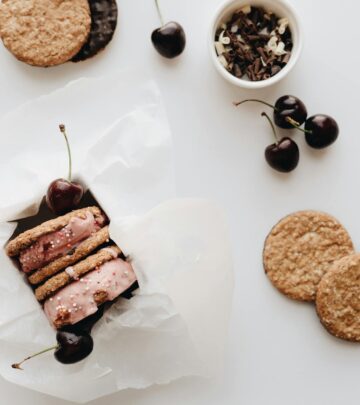
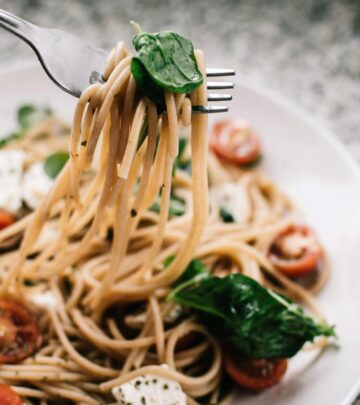
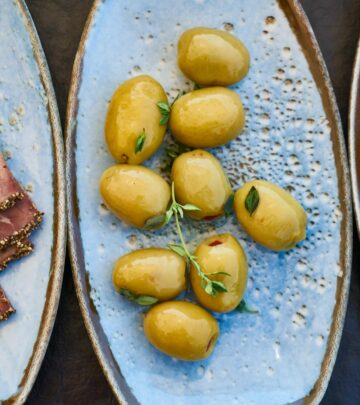
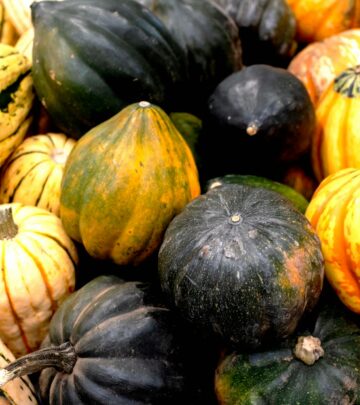







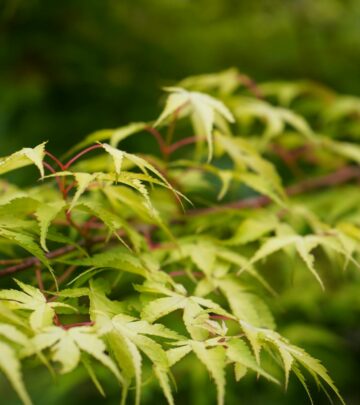
Community Experiences
Join the conversation and become a part of our empowering community! Share your stories, experiences, and insights to connect with other beauty, lifestyle, and health enthusiasts.